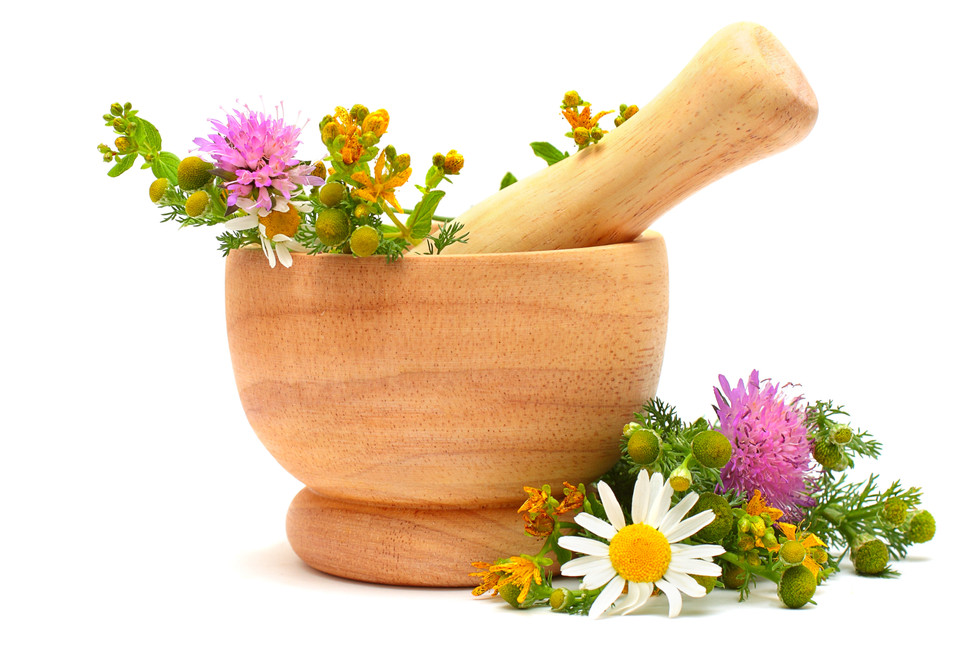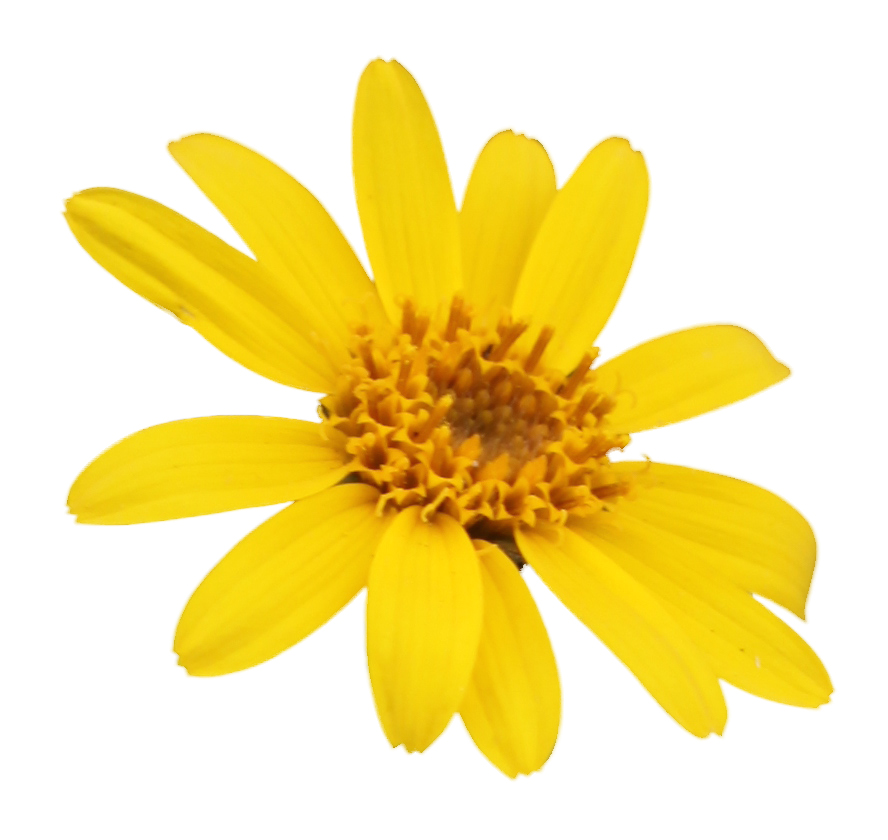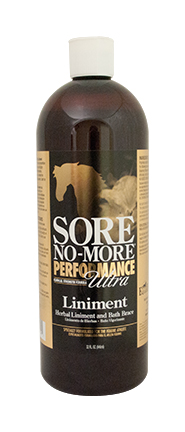
Arnica: The Stand Up and Go(ethe) Home Herb
“In nature we never see anything isolated, but everything in connection with something else which is before it, beside it, under it, and over it.” ~Johann Wolfgang von Goethe
The German scientist, philosopher, and author of Faust, Johann Wolfgang von Goethe (1749-1832), was keenly aware of the interconnectedness between his natural and personal worlds: he claimed the time-honored healing and analgesic properties credited to the herb, Arnica montana, with saving his life and extending his writing career.
He may have been right: Goethe died March 22, 1832, at age of 83, surpassing by more than 50 years the average (age 30) life expectancy of German men of the early 18th century.
Also known as Mountain Tobacco, for its presence in high altitude meadows, mountain climbers were among the first to appreciate Arnica’s healing properties when they saw how it helped repair injuries that had resulted from accidental falls. In Germany, the Arnica plant was called, Steh auf und geh nach Hause (“Stand up and go home”).
Other common names for Arnica reflect its beneficial reputation, such as “wound herb,” “fall herb,” or “well-bestow.” Historically, Arnica was used both internally and externally but over the course of time its external properties – particularly in addressing bruising and soreness -- have taken precedent.
Its monikers and methods may have changed with time but Arnica’s response to injuries, like bruising, remains classically simple. When an injury occurs, tiny blood vessels in the skin (capillaries) break and leak into surrounding tissue. The discoloration we associate with bruising is the result of those red blood cells being released. A bruise fading from red-purple to green- yellow signifies the progress of ‘helper cells’ in metabolizing, i.e. gobbling up, escaped red blood cells. But, if instead of sending cells in, the body walls off the injury, the result is more inflammation, tenderness and swelling as the routes of healing (blood vessels and lymph nodes) become less efficient.
Natural compounds found in Arnica can help address such complications. Flavonoids help decrease permeability in blood vessels, thereby strengthening the avenues of response, and polysaccharides stimulate the process by which cells eradicate unwanted debris, like pooling red blood cells, from injured tissue.
As historic a relationship as Arnica and humankind might share, that of horses and humans goes even deeper. It is no surprise that, once learning how Arnica might increase their own comfort and recovery from injury, horse owners have sought to offer the same to their equine partners.
In his 1863 edition of Cavalry, Its History, Management, and Uses in War, cavalry officer, Jean Romer, LL.D., advised the importance of proper saddle fit to avoid “saddle tumors” which could otherwise “be dispersed by cooling applications of fresh water, vinegared or salted, or better still, by arnica lotions. Further completed by daily dressings of arnica or calendula lotion, made in proportion of one ounce tincture of arnica or calendula to a pint of soft water.”
Products containing Arnica, like Sore No-More Liniment, Gelotion, Massage Shampoo, and Sports Salve reflect both the centuries-old tradition behind this trusted herb in helping to support normal recovery from minor bruises and muscle strains, and its more modern benefits used topically to help support flexibility and comfort of joints and muscular strain.
As Goethe himself might well have said: Steh auf und geh nach Hause. When it’s time to stand up and go home, let the history behind Arnica help point you in a healthy direction.



